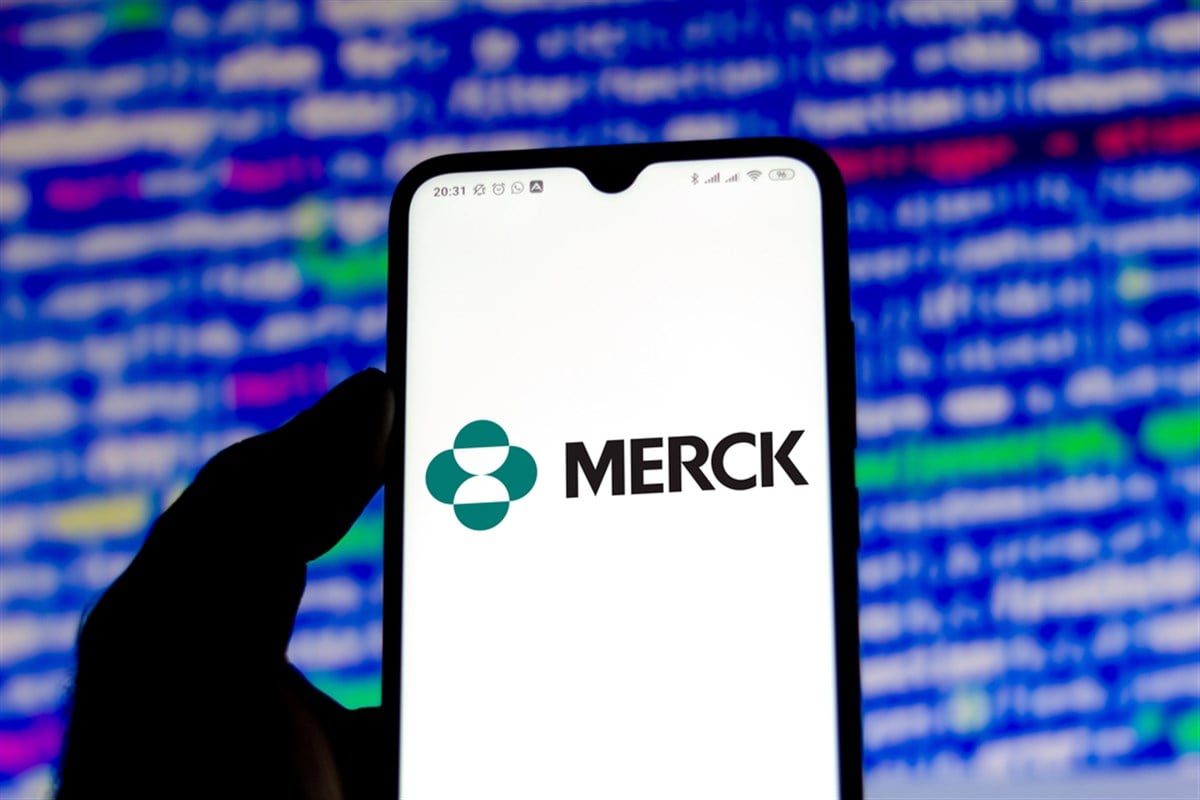
Dow Jones Industrial Average (DJIA) stalwart Merck & Co., Inc. (NYSE: MRK) has momentum on its side heading into its February 1st earnings report.
Shares of the large cap pharmaceutical company have finished higher for nine straight weeks. They have climbed 17% during the streak and set an all-time high last week.
Merck’s surge has coincided with a broader rally in drugmaker stocks. Up 5.7% year-to-date, pharmaceuticals are not only outpacing higher risk biotechnology stocks but are also the best performing industry in the entire U.S. equity market. Eli Lilly (+10.3%) and mid-cap Organon (16.2%) are up even more in 2024. After significantly lagging the market in 2023, the industry’s hot start may be just what the doctor ordered.
In the case of Merck, the turnaround has been fueled by a series of positive product and pipeline developments. Last week, the U.S. Food and Drug Administration (FDA) approved the company’s core Keytruda drug in combination with chemoradiotherapy as a treatment for patients with stage III-IVA cervical cancer. It marked Keytruda’s 39th FDA-approved indication and bolstered Merck’s global leadership in immuno-oncology. There remain a staggering 1,600 clinical trials studying Keytruda across a variety of cancers. The drug accounted for 40% of Merck’s worldwide sales in the third quarter of 2023.
Earlier this year, Merck announced that pivotal Phase 3 trials got underway for four investigational drug candidates in its oncology and hematology pipeline. The progress shows that 1) Merck is building on its leading position as a developer of treatments for hematologic malignancies and solid tumors, and 2) despite the dominance, there is an underlying need to diversify away from Keytruda and HPV vaccine Gardasil, which together account for 56% of the business.
What are Merck’s other growth drivers?
Merck’s quest to diversify into new therapeutic areas and drugs took a step forward last week when it unveiled a plan to acquire San Francisco-based Harpoon Therapeutics for $680 million. The move will give Merck HPN328, a T-cell therapy that’s being evaluated as a potential treatment for small cell lung cancer and neuroendocrine tumors. Harpoon’s portfolio includes several other T-cell engagers that are being developed for patients with multiple myeloma and EpCAm expressing tumors. The deal is still subject to Harpoon shareholder approval and other regulatory conditions but is expected to close in the first half of 2024.
As its valuation swells to $300 billion, mergers and acquisitions (M&A) will likely be a big part of Merck’s growth strategy. Since 2019, the company has invested approximately $50 billion in acquiring new businesses and drugs. Last year, it added Daiichi-Sankyo, Prometheus Biosciences and Imago Biosciences to help it become the world’s third-largest major drug manufacturer behind Eli Lilly and Johnson & Johnson.
At last week’s J.P. Morgan Healthcare conference, CEO Rob Davis outlined the company’s strategic growth priorities for this year and beyond. At the top of the list was pipeline advancement, an item it has done well with in recent weeks. Merck entered the year with more than 20 programs in phase 3 studies, including candidates in oncology, cardiovascular, HIV, immunology and vaccines. It plans to launch a pair of drugs in 2024 — sotatercept and V116 — that, at their peak, could become multibillion-dollar revenue producers.
What are Merck’s Q4 financial estimates?
Merck is expected to report revenue of $14.5 billion and a $0.10 per share loss for the fourth quarter of 2023. On the line will be a nine-quarter earnings beat streak that has helped the stock double off its March 2020 pandemic low. The third quarter earnings beat was driven by better-than-expected sales of core products as well as a surprise growth contribution from Merck’s lesser known Animal Health business.
As Merck’s financials and portfolio progress, so too does Wall Street’s support. Earlier this month, TD Cowen upgraded the stock to Buy, becoming the 14th firm to take a bullish stance on the drugmaker. Only two neutral ‘hold-outs’ remain — and with the stock near a record high, no one considers it a sell.
A likely reason why? MRK is still inexpensive. Based on the consensus estimate for next year’s earnings per share (EPS), the stock has a price-to-earnings (P/E) ratio of 14x. Over the last five years, it has traded between 13x to 35x. Being at the low end of this range suggests there is ample room for P/E expansion.
Analysts’ average price target is $127.50, which represents a fresh all-time high. Combined with Merck’s 2.6% forward yield, the Dow’s early 2024 frontrunner may have another 10% total return potential by year-end.






